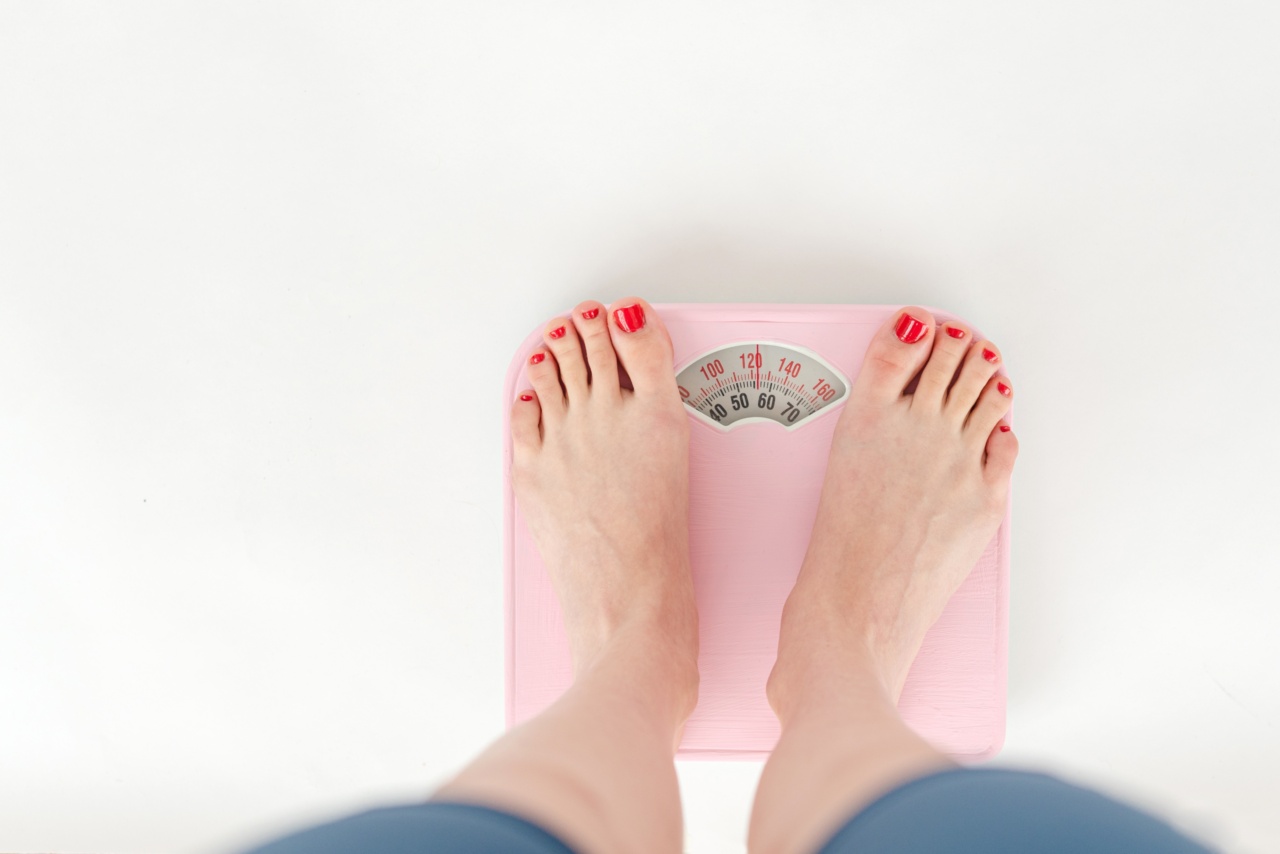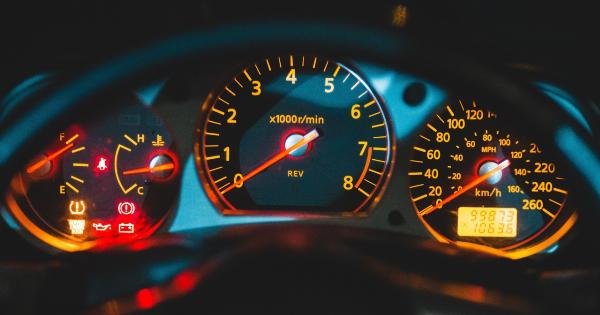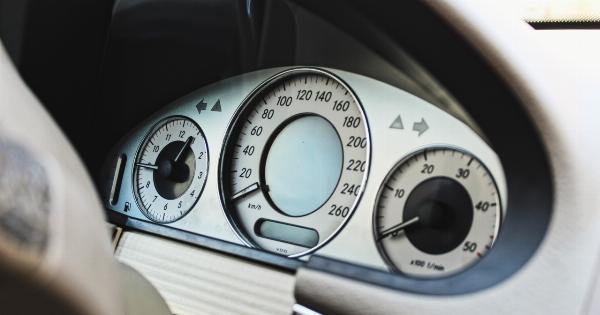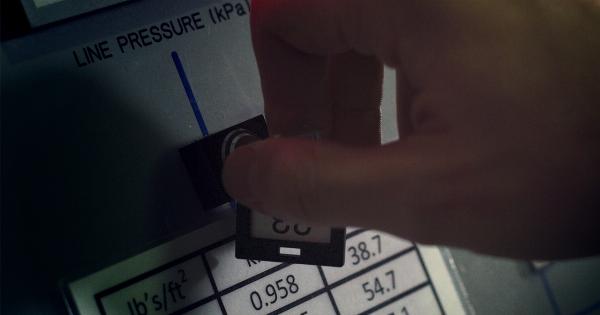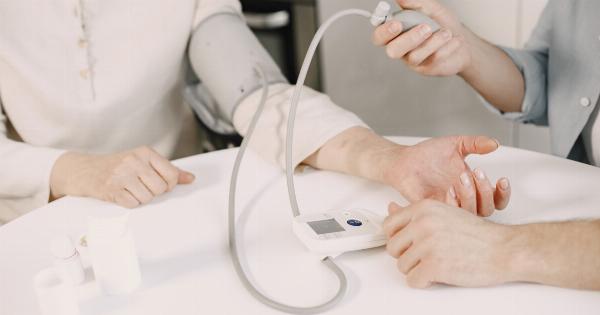Pressure measurement is a crucial aspect of engineering applications.
Measuring pressure accurately and consistently is essential in designing, implementing, and controlling many different systems, including aircraft engines, hydraulics, and medical equipment. In this article, we will present three exciting facts about pressure measurement that you may not know.
Fact #1: Pressure measurements can be made using fluids
One of the most common devices used to measure pressure is a manometer. A manometer is a simple device that measures fluid pressure, usually water or mercury, by measuring the difference in height of the fluid between two different points.
A common example of this is a barometer, which measures air pressure. Manometers have been around for centuries, and they are still widely used today because of their simplicity and accuracy. Additionally, manometers can be used to measure negative pressure, something that electronic pressure sensors cannot do.
Fact #2: There is a difference between gauge pressure and absolute pressure
When pressure is measured, it is often referred to as either gauge pressure or absolute pressure. Gauge pressure is the pressure measured by a gauge relative to ambient atmospheric pressure.
Absolute pressure is the pressure measured relative to a perfect vacuum. Absolute pressure is always higher than gauge pressure by the pressure of the atmosphere, which is about 14.7 psi (pounds per square inch) at sea level.
Understanding the difference between these two types of pressure is essential for accurately measuring pressure in many different applications.
Fact #3: Electronic pressure sensors can be incredibly precise
A modern electronic pressure sensor can achieve incredibly high levels of accuracy. Some sensors can measure pressure with an accuracy of one part in 10,000, or 0.01%.
These sensors are designed to measure pressure with high accuracy and repeatability, and they are often used in laboratory settings.
Additionally, electronic pressure sensors can be much more convenient to use than manometers or other devices because they can output data in a variety of formats, including analog and digital signals, making them ideal for use with computers and other electronic devices.
Conclusion
Pressure measurement is a crucial aspect of many different engineering applications, and it is essential to understand the fundamentals of how pressure is measured.
We hope that these three exciting facts have given you a better understanding of pressure measurement and how it is used in the modern world.
